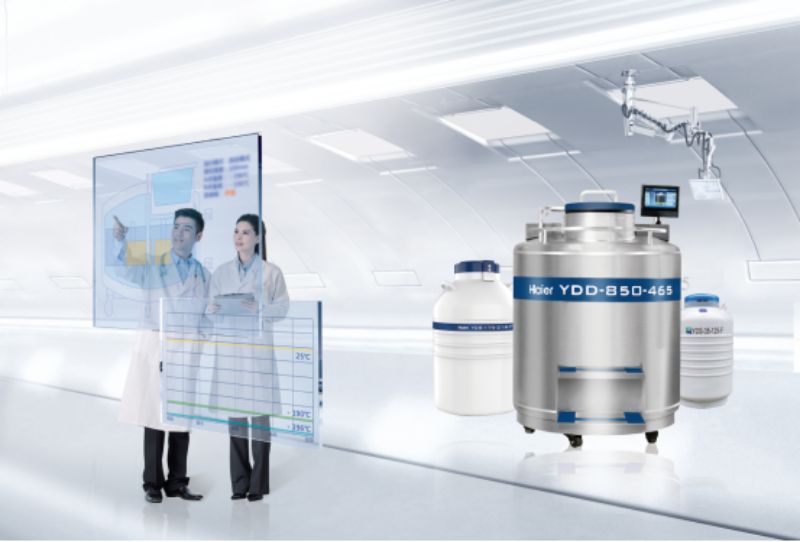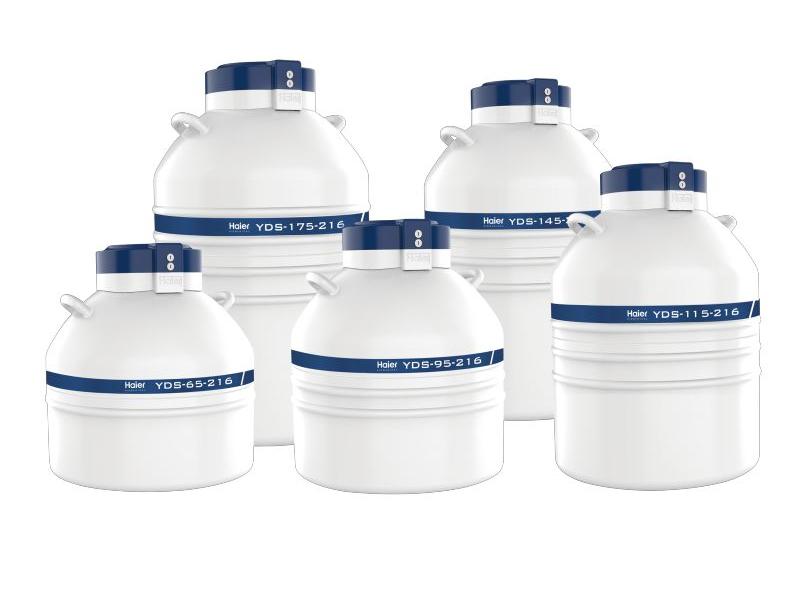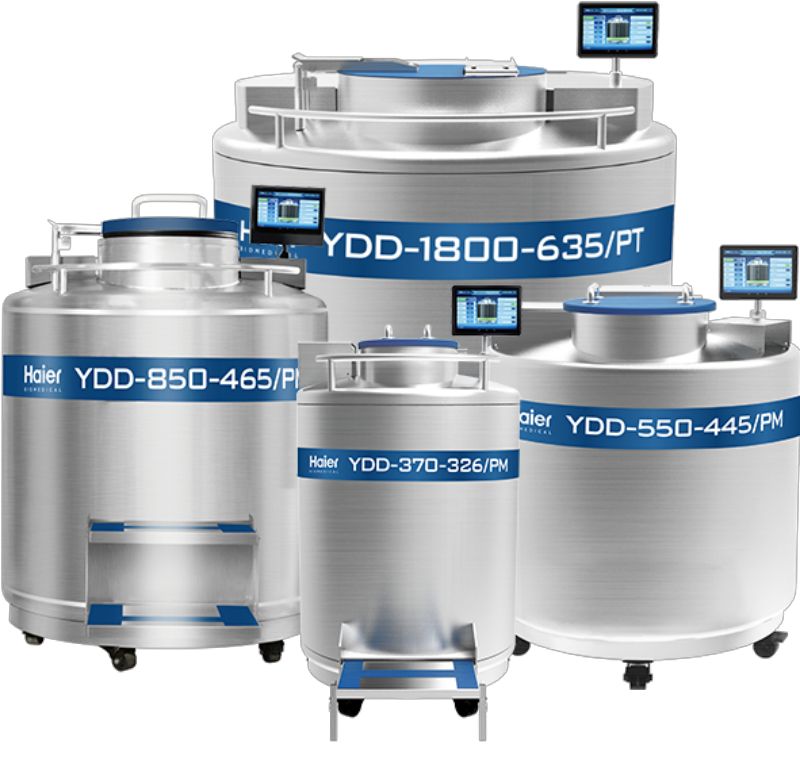In recent years, biobanks have been playing an increasingly more important role in scientific research. High-quality low-temperature storage equipment can ensure the safety and activity of samples and assist researchers in better carrying out various scientific research by providing a professional and safe storage environment for biological samples.

Liquid nitrogen tanks have been used for storing samples for long periods of time. They store samples at a low temperature of -196 ℃ created on the basis of the principle of vacuum insulation after the samples are pre-cooled. There are two methods for liquid nitrogen tanks to store samples: liquid phase storage and vapor phase storage. What is the difference between the two?
1. Application
Liquid phase nitrogen tanks are mainly used in laboratories, animal husbandry, and the processing sector.
Vapor phase liquid nitrogen tanks are mainly used in biobanks, pharmaceuticals, and the health care field.
2. Storage Status
In the vapor phase, samples are stored by evaporating and cooling liquid nitrogen. The storage temperature ranges from top to bottom in the sample storage area. By comparison, in the liquid phase, samples are directly stored in liquid nitrogen at -196 °C. The samples should be completely submerged in liquid nitrogen.

Haier Biomedical Liquid Nitrogen Container-Smart Series
In addition to this difference, liquid nitrogen evaporation rates of the two are also different. Generally speaking, the liquid nitrogen evaporation rate is subject to the diameter of the liquid nitrogen tank, the frequency of users opening the lid, the manufacturing process, and even the ambient temperature and humidity. But inherently, the advanced vacuum and insulation technologies used in manufacturing liquid nitrogen tanks are the key to ensure low consumption of liquid nitrogen.
The biggest difference between the two lies in the way samples are stored. Stored in the vapor phase, samples do not directly contact liquid nitrogen, preventing bacteria from contaminating the samples. However, the storage temperature cannot reach -196°C. In the liquid phase, although samples can be stored at around -196 °C, the cryopreservation tube is unstable. If the cryopreservation tube is not well sealed, liquid nitrogen will seep into the tube. When the test tube is taken out, volatilization of the liquid nitrogen will lead to unbalanced pressure inside and outside the test tube and the tube will burst as a result. Therefore, the integrity of the sample will be lost. This suggests that there are both pros and cons to each method.
How To Strike A Balance Between The Two?
The biobank series of Haier Biomedical Liquid Nitrogen Storage System is designed for both liquid and vapor phase storage.
It integrates the advantages of both vapor phase storage and liquid phase storage, designed with advanced vacuum and insulation technologies to ensure storage safety and temperature uniformity while reducing the consumption of liquid nitrogen. The temperature difference of the entire storage area does not exceed 10°C. Even in the vapor phase, the storage temperature near the top of the shelf is as low as -190°C.

Biobank Series For Large Scale Storage
Additionally, high-precision temperature and liquid level sensors are used to ensure accuracy. All data and samples are protected by a secure access control system. These sensors monitor the temperature and liquid level information in the liquid nitrogen tank in real time, and therefore liquid in the tank can be automatically replenished to create the safest sample storage conditions.
Post time: Feb-26-2024











